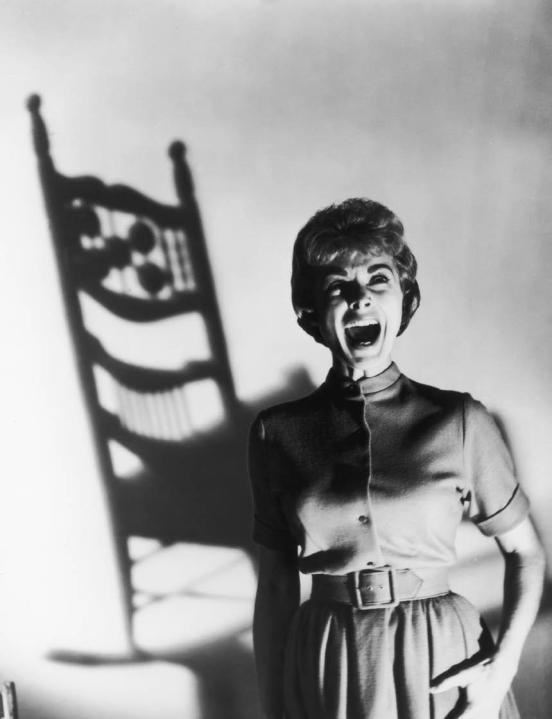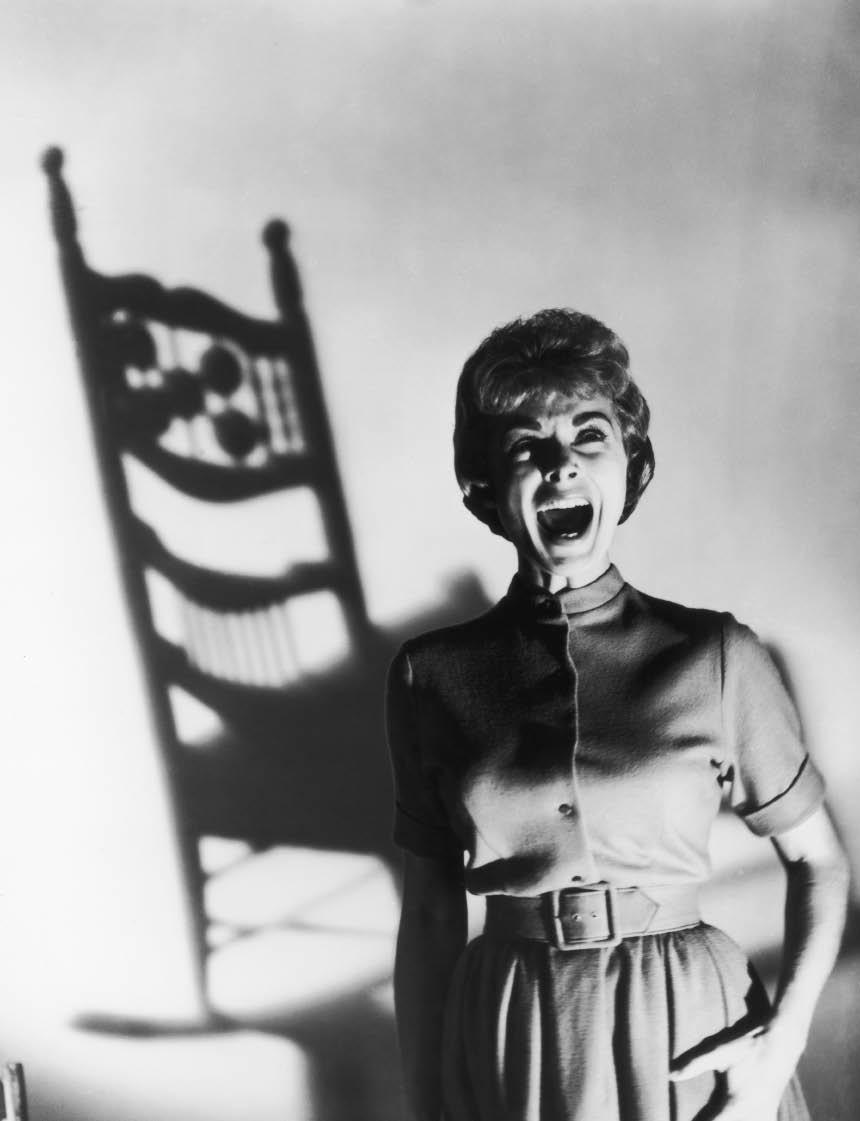Many years ago I invited a young student of mine to see Psycho, a film of which she had never heard, made by a director (Hitchcock) with whose name she was unfamiliar and shot in a format (black-and-white) whose apparent old-fashionedness so mystifed her she wondered aloud why no one thought to complain to the projectionist. Yet, shrieking on cue at all the spooky moments, she ultimately admitted to having been so bowled over by the film that she asked what other Hitchcocks she ought to see. I recommended North by Northwest — only subsequently to learn, to my stupefaction, that she had found it boring. Boring? The most euphoria-inducing comedy thriller in cinema history? I asked her why. ‘Well,’ she replied. ‘I was under the impression he made horror movies.’
If I begin my review by quoting that trivial anecdote, it’s because it constitutes a neat encapsulation of what the critic David Thomson calls ‘the moment of Psycho’. Confounding the traditional qualms of the studio bosses — which is why, accustomed to bountiful budgets and generous shooting schedules, Hitchcock had to work so cheaply and swiftly — it gave him not just his biggest hit but genuinely altered the course of the American cinema. Despite himself, he became the patron saint, so to speak, of slasher movies. Only one other film in his lengthy and prolific career (The Birds, Psycho’s immediate successor in the canon) offered anything like the same intoxicating cocktail of graphic gore and knowing drollery. Yet it was from these two exceptions to the Hitchcockian rule that his influence on several generations of filmmakers — Thomson cites, among others, Polanski, Kubrick, Chabrol, Scorsese, De Palma, as well as those undistinguished, indistinguishable hacks he gathers under the dismissive rubric ‘The Texas Chain-Saw Massacre, et cetera’ — tended to derive.
Unsurprisingly, none of his epigones has ever proved able to mix the cocktail to perfection, since their more or less laborious efforts have all lacked, in Thomson’s inspired locution, ‘the black cream of Hitchcock’s humour’. Yet they keep trying, even now, and Norman Bates’ sinisterly puppyish ‘My mother’s not herself today’, a joke that no one who hasn’t seen the film will get and no one who has will fail to get, has long since degenerated into the sort of half-jokey, half-creepy catch-phrase (‘Make my day, punk’) by which cultishness can be built into a Hollywood film even before it opens. Thomson vaguely appears to blame Hitchcock for encouraging the cinema, and the media in general, ‘to make a game out of death’, but his implicit censure, if that’s what it is, thankfully never quite settles on the page.
I have, however, been reviewing this always interesting but slightly if never cripplingly broken-backed book the wrong way round. In its first half, before he even addresses the question of influence, its author does something really quite daring, especially given the hagiographical bias of current Hitchcock studies, a bias which has had the ridiculous effect of placing a great, but not supremely great, artist as far beyond the reach of base judgmental criticism as Shakespeare. Thomson’s book, by contrast, represents a refreshing return to the value judgment in Hitchcockian exegesis. Refusing to pay the usual lip service to Psycho’s supposedly unqualified brilliance, he crawls over the film like a fly on a table-top, finds little not to admire in its first 40 minutes or so, from the dank, rented-room sexual tryst of the opening scene to the midpoint climax of the shower murder, and less and less in the ‘fabricated and spurious’ grand guignol shenanigans which follow it.
He questions motivational psychology — would the boyish, almost lamblike Norman, he asks, really be capable of slashing poor Marion Crane to ribbons, even in a pseudo-Oedipal trance? — and has the temerity to propose, very plausibly, how some of the lesser characters could be livened up and the film improved overall.
A return to form, then, for the uneven Thomson. But a book by him wouldn’t be what it is without at least one outrageous rhetorical flight. My favourite here is his list of American films contemporaneous with Psycho and also imbued, as he puts it, with ‘dread and disorder’ — Kiss Me Deadly, Sweet Smell of Success, Some Like It Hot… Some Like It Hot? Did I miss something?







Comments